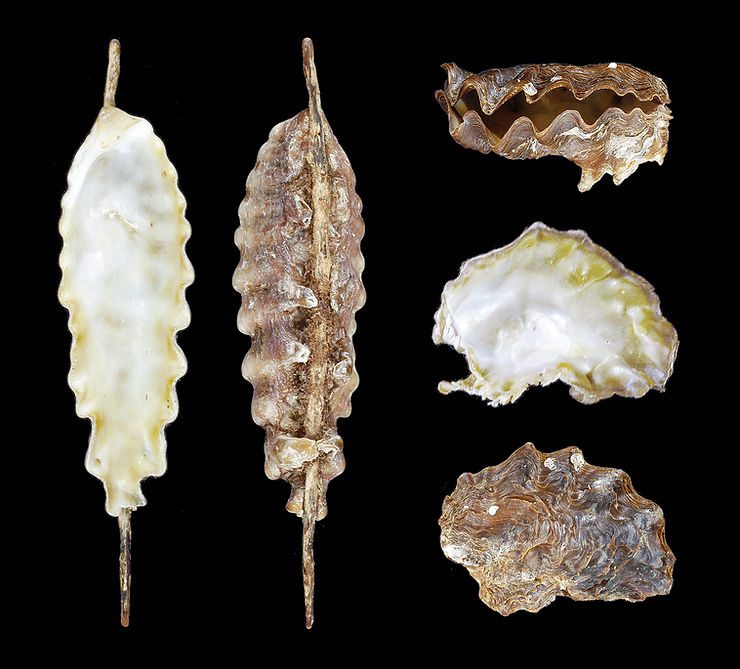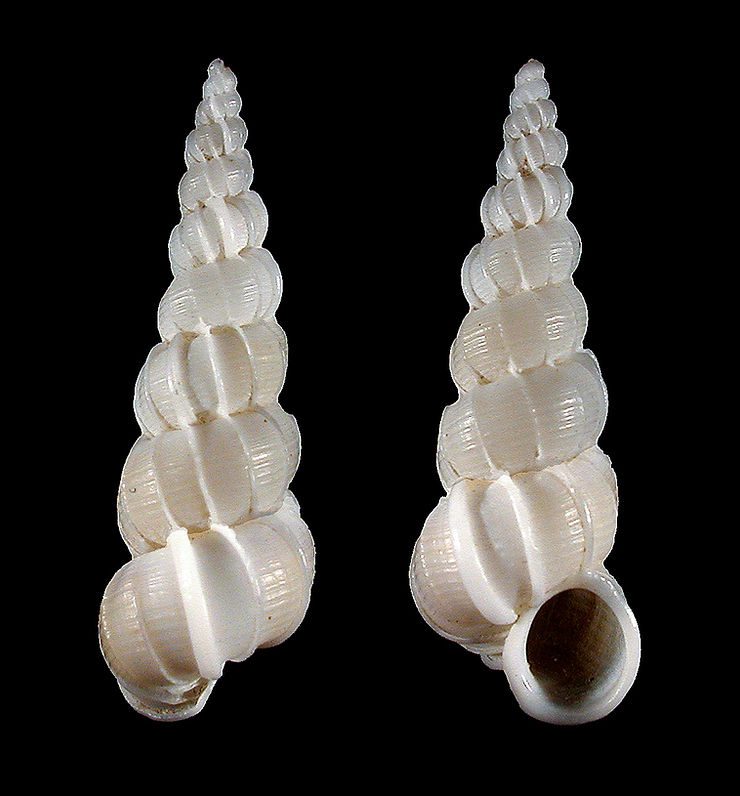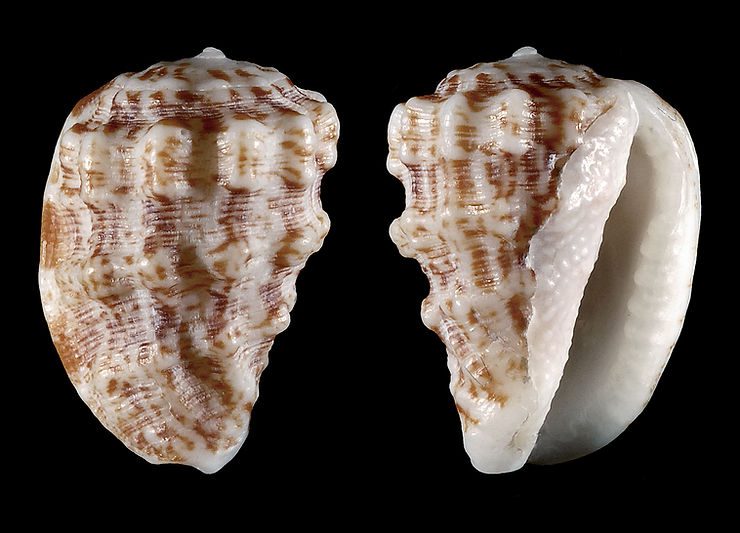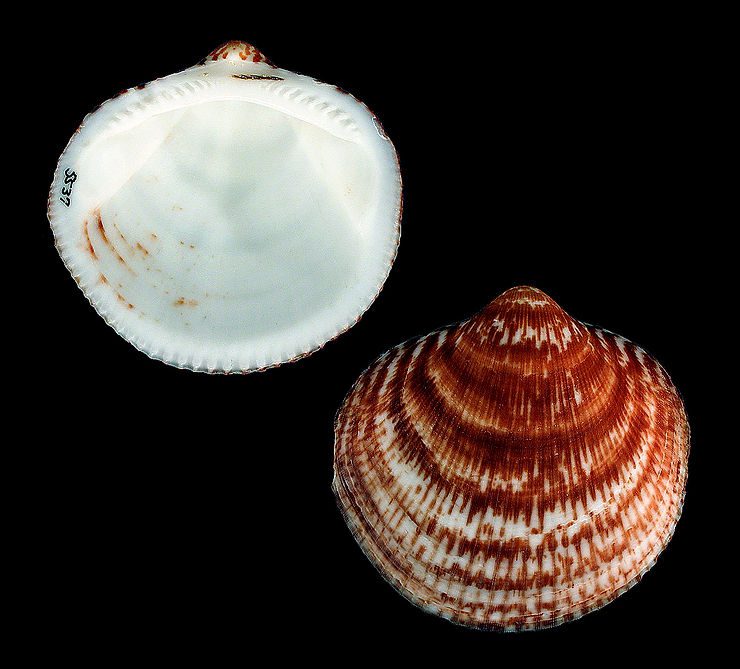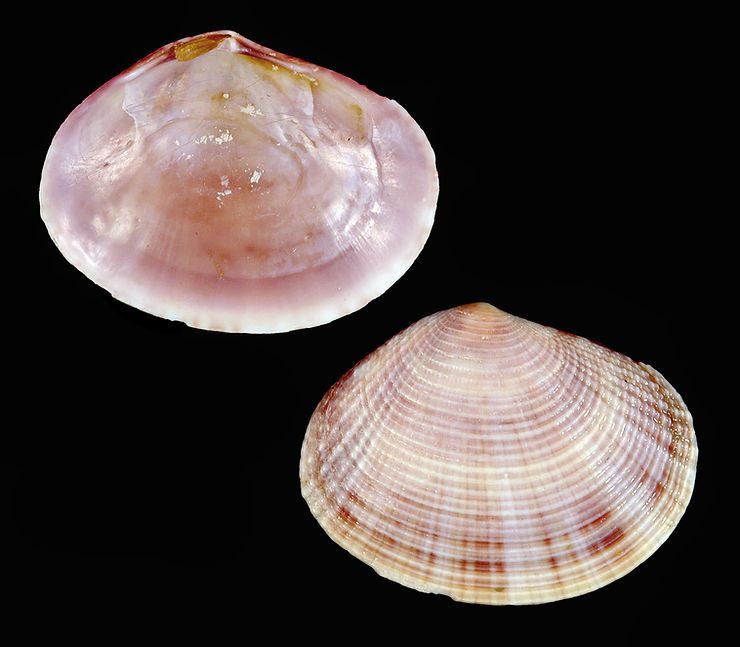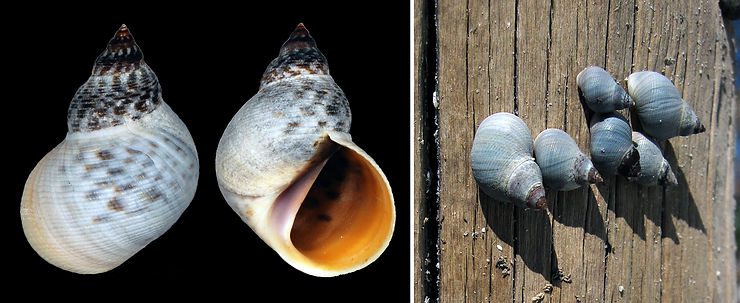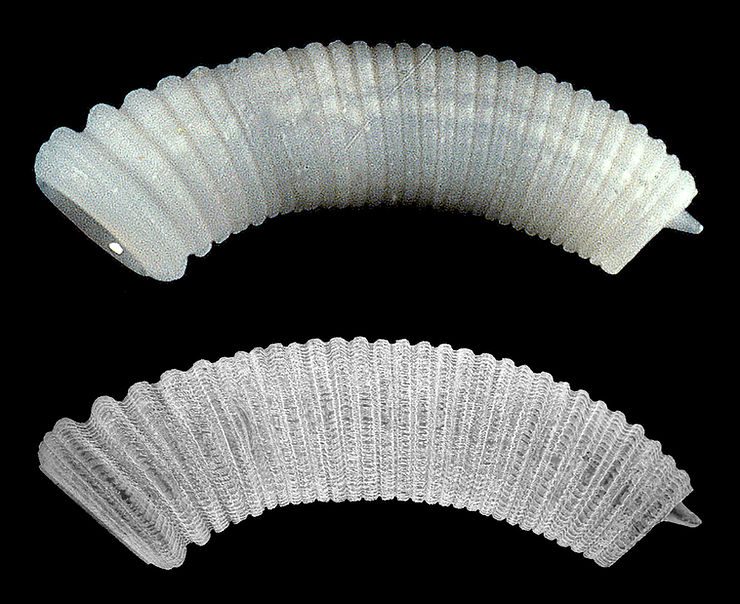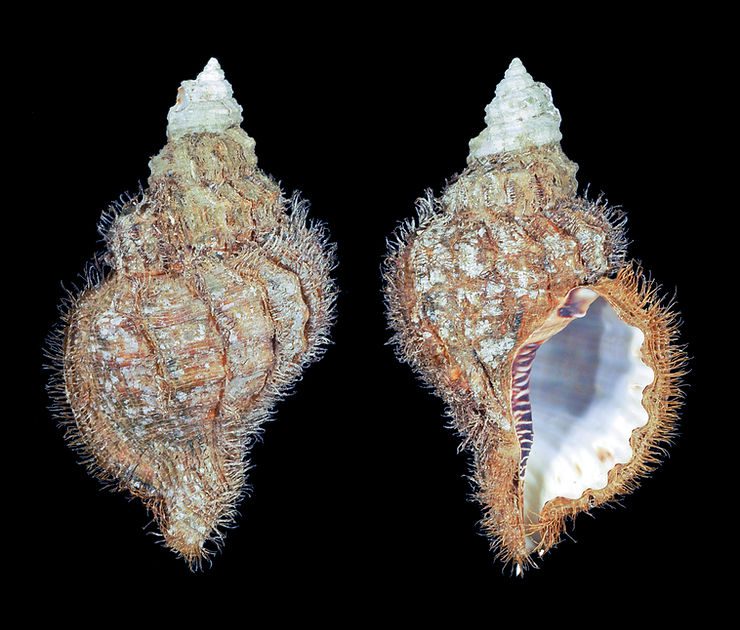
The Sanibel Turrid
Did you know that there is one species of marine snail named after Sanibel Island? The species is informally known as the “Sanibel Turrid,” and its scientific name is Crassispira sanibelensis. The species was first described by Smithsonian biologists Paul Bartsch and Harald Rehder, in 1939. The shell, which may reach 30 mm (a little more than an inch) in length, may be found in Southwest Florida and offshore in the Gulf of Mexico. For many years, this member of the family Pseudomelatomidae was m

